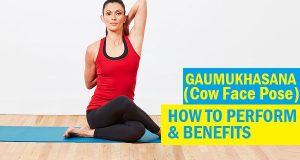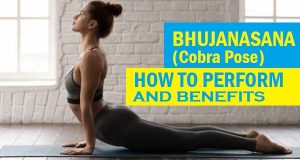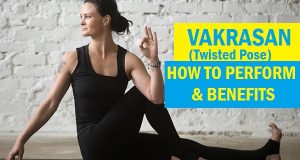
Yoga is an ancient practice that offers numerous physical and mental benefits. For beginners, starting with easy yoga poses is a great way to build strength, flexibility, and mindfulness. In this article, we will explore a selection of beginner-friendly yoga poses, providing detailed descriptions, discussing their benefits, and highlighting important precautions to ensure a safe practice.
Embarking on a yoga journey as a beginner can be both exciting and rewarding. By incorporating easy yoga poses into your daily routine and following the recommended precautions, you can experience the transformative power of yoga in your life.
Easy Yoga Poses for Beginners with Benefits
1. Mountain Pose (Tadasana)
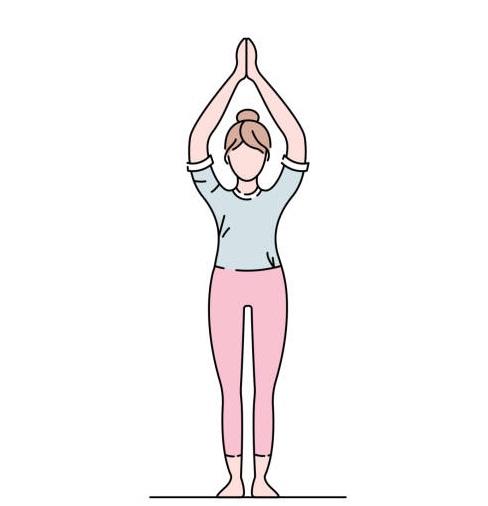
Description: Stand tall with your feet hip-width apart, grounding through all four corners of your feet. Engage your core and lengthen your spine, reaching the crown of your head towards the sky. Relax your shoulders and gaze forward.
Benefits:
Improves posture and body awareness.
Strengthens the legs, ankles, and core.
Promotes mindfulness and focus.
Precautions:
Individuals with low blood pressure should be cautious while holding this pose for extended periods.
2. Child’s Pose (Balasana)
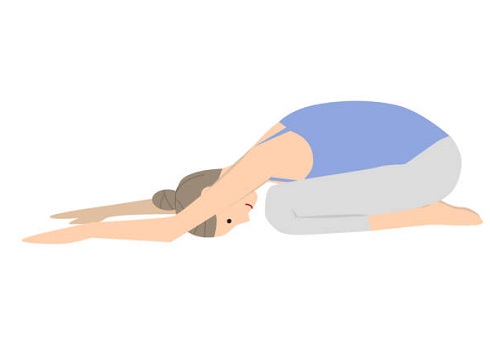
Description: Kneel on the floor, sit back on your heels, and extend your arms forward while lowering your chest towards the ground. Rest your forehead on the mat.
Benefits:
Relieves stress and anxiety.
Stretches the back, hips, and ankles.
Restorative pose for relaxation.
Precautions:
Those with knee injuries should use extra cushioning under the knees.
3. Downward Facing Dog (Adho Mukha Svanasana)
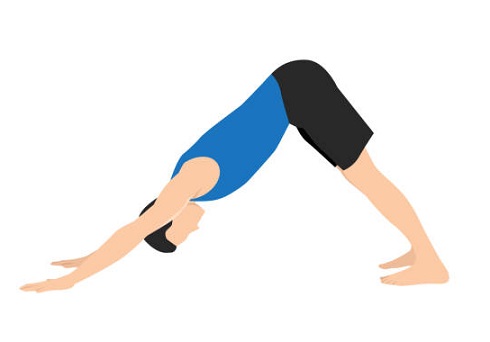
Description: Start in a plank position and lift your hips towards the sky, forming an inverted “V” shape. Press your palms into the ground and push your heels towards the floor.
Benefits:
Strengthens the arms, shoulders, and legs.
Lengthens the spine and hamstrings.
Energizing and calming pose.
Precautions:
Individuals with wrist or shoulder injuries should practice with caution.
4. Cobra Pose (Bhujangasana)
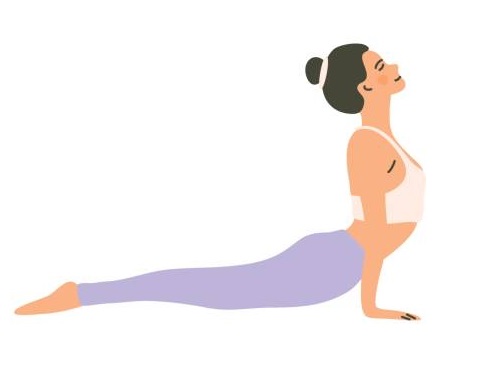
Description: Lie on your stomach with your palms placed beside your shoulders. Inhale and lift your chest off the floor, keeping your lower body grounded.
Benefits:
Opens the chest and strengthens the back muscles.
Improves flexibility of the spine.
Stimulates abdominal organs.
Precautions:
People with back issues or pregnancy should perform this pose with care.
5. Bridge Pose (Setu Bandhasana)
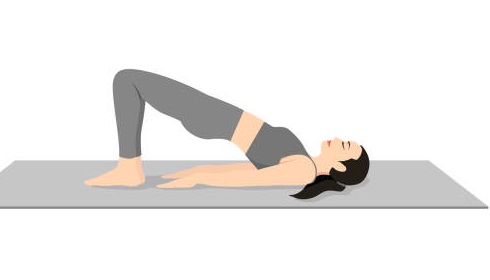
Description: Lie on your back with your feet hip-width apart and arms beside your body. Press into your feet and lift your hips off the floor, creating a bridge with your body.
Benefits:
Strengthens the back, glutes, and hamstrings.
Stretches the chest and shoulders.
Calms the mind and reduces anxiety.
Precautions:
Individuals with neck, back, or knee injuries should avoid this pose.
6. Warrior I (Virabhadrasana I)
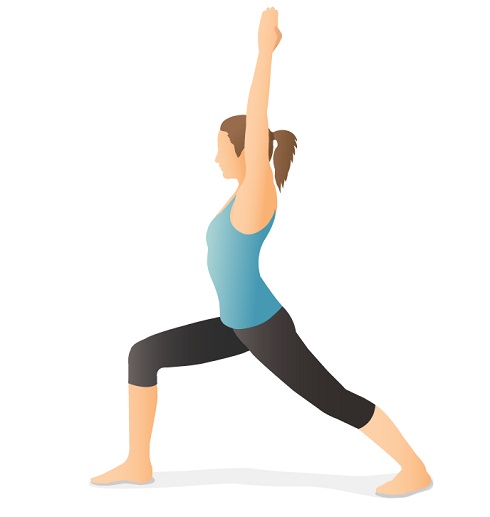
Description: Step one foot forward into a lunge position, bend the front knee at a 90-degree angle, and extend the back leg behind you. Raise your arms overhead, palms facing each other.
Benefits:
Strengthens the legs and core.
Opens the chest and shoulders.
Builds focus and concentration.
Precautions:
Those with hip or shoulder injuries should modify the pose accordingly.
7. Warrior II (Virabhadrasana II)
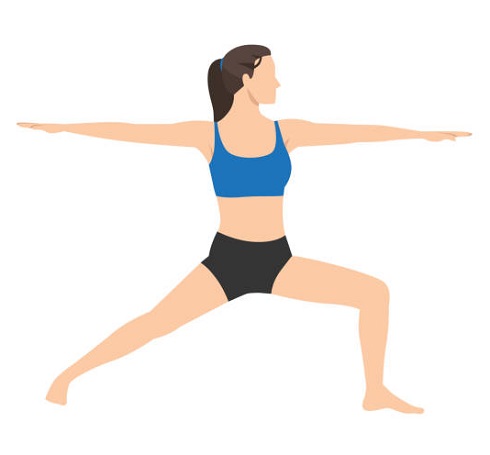
Description: From Warrior I, open your hips and arms to the sides, forming a “T” shape with your body. Gaze over the front fingers.
Benefits:
Increases stamina and endurance.
Stretches the hips and groins.
Enhances balance and stability.
Precautions:
Individuals with knee issues should be cautious while performing this pose.
8. Tree Pose (Vrikshasana)
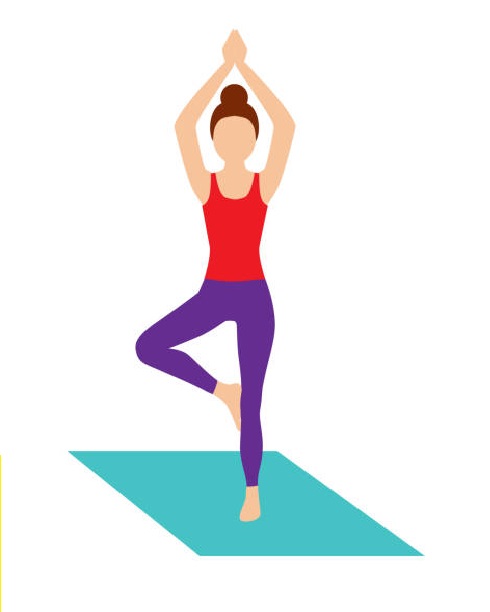
Description: Stand tall and shift your weight onto one foot. Place the sole of the opposite foot on the inner thigh, avoiding the knee. Balance and bring your hands to your heart center.
Benefits:
Improves balance and focus.
Strengthens the ankles and legs.
Calms the mind and promotes concentration.
Precautions:
Beginners may use a wall or chair for support while practicing this pose.
9. Triangle Pose (Trikonasana)
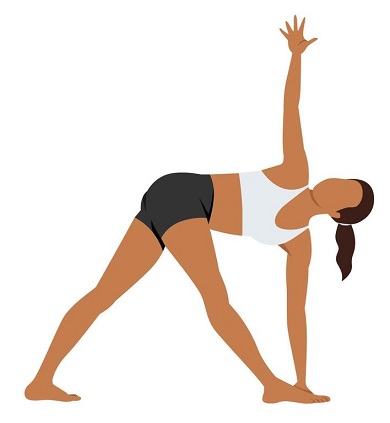
Description: Step your feet wide apart and extend your arms to the sides. Reach forward and hinge at your hip to lower your hand towards the ankle of the front foot. Extend the other arm towards the sky.
Benefits:
Stretches the hamstrings, hips, and groins.
Opens the chest and shoulders.
Stimulates the abdominal organs.
Precautions:
Avoid locking the knee of the front leg to prevent strain.
10. Seated Forward Bend (Paschimottanasana)
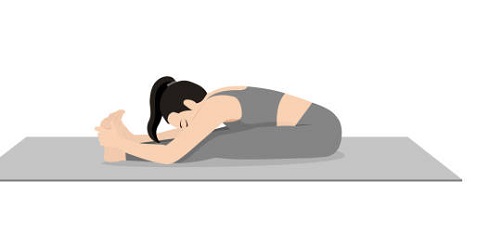
Description: Sit with your legs extended in front of you. Inhale and lengthen your spine, then exhale and hinge at your hips to reach for your toes.
Benefits:
Stretches the spine and hamstrings.
Calms the nervous system and relieves stress.
Stimulates the abdominal organs.
Precautions:
If you have lower back issues, consider sitting on a folded blanket or cushion.
11. Cat-Cow Pose (Marjaryasana/Bitilasana)
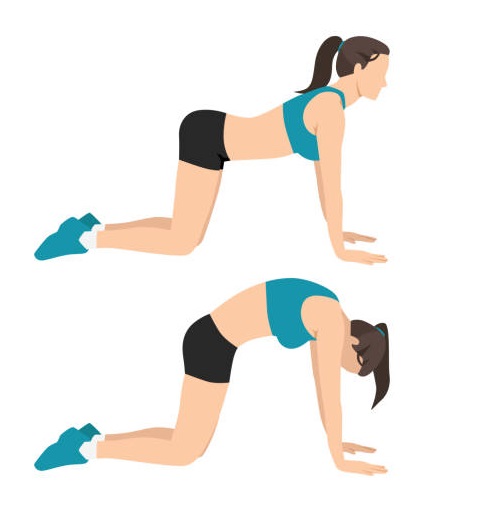
Description: Start on all fours with your wrists directly under your shoulders and knees under your hips. Inhale, arch your back, and lift your head (Cow Pose). Exhale, round your back, and tuck your chin (Cat Pose).
Benefits:
Warms up the spine and improves flexibility.
Massages the abdominal organs and aids digestion.
Promotes spinal health and mobility.
Precautions:
Practice this pose mindfully, avoiding excessive strain on the neck and back.
12. Easy Pose (Sukhasana)
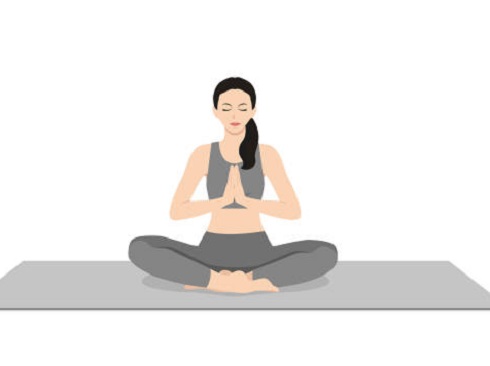
Description: Sit comfortably with your legs crossed, aligning your head, neck, and spine. Rest your hands on your knees or in a mudra.
Benefits:
Encourages good posture and groundedness.
Opens the hips and stretches the back.
Facilitates deep breathing and relaxation.
Precautions:
If you experience discomfort in your knees, sit on a cushion or bolster.
13. Corpse Pose (Savasana)
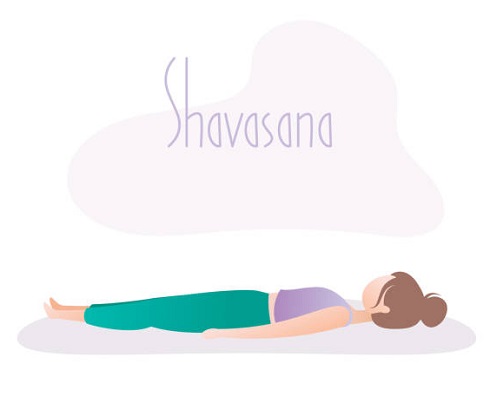
Description: Lie flat on your back with arms and legs extended. Close your eyes and relax your entire body, surrendering to the present moment.
Benefits:
Reduces stress and anxiety.
Allows the body to integrate the benefits of the practice.
Promotes overall relaxation and rejuvenation.
Precautions:
Ensure you have a comfortable mat or blanket to lie on during Savasana.
14. Legs-Up-the-Wall Pose (Viparita Karani)
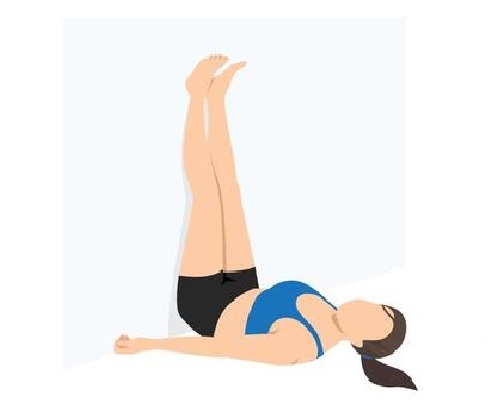
Description: Lie on your back with your legs extended vertically against a wall or support.
Benefits:
Drains lymph and improves circulation.
Relieves tired and swollen legs.
Calms the nervous system and reduces stress.
Precautions
People with certain medical conditions, such as glaucoma, should avoid raising their legs.
15. Puppy Pose (Uttana Shishosana)
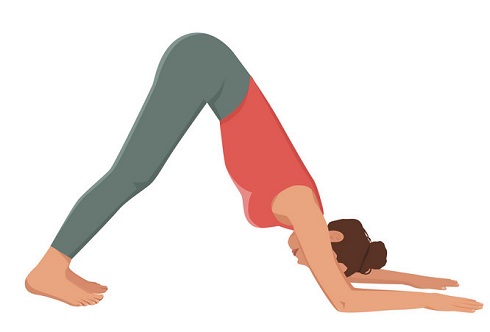
Description: Begin on all fours and walk your hands forward, lowering your chest towards the floor while keeping your hips aligned above the knees.
Benefits:
Stretches the spine and shoulders.
Opens the chest and heart center.
Relieves tension in the upper back and neck.
Precautions:
If you have wrist issues, place a prop or cushion under your forearms.
Benefits of Practicing Easy Yoga Poses
As a beginner, practicing easy yoga poses provides a gentle introduction to the world of yoga. These poses offer a range of benefits, both physically and mentally:
Physical Benefits
Improved Flexibility: Regular practice of yoga poses enhances flexibility and range of motion in the muscles and joints.
Strength and Endurance: Easy yoga poses help in building strength in various muscle groups, enhancing overall body endurance.
Better Posture: Yoga poses promote body awareness and help maintain proper alignment, leading to improved posture.
Enhanced Balance: Balancing poses improve stability and coordination.
Mental and Emotional Benefits
Stress Relief: Yoga encourages relaxation and mindfulness, reducing stress and anxiety levels.
Mind-Body Connection: Practicing yoga fosters a deeper connection between the mind and body, promoting self-awareness.
Increased Energy: Regular yoga practice can lead to increased energy levels and overall vitality.
Emotional Well-Being: Yoga helps release emotional tension and promotes a positive outlook on life.
Precautions for Beginner Yogis
While yoga is generally safe for most individuals, beginners should be mindful of the following precautions:
Listen to your body and avoid pushing yourself beyond your comfort zone.
Modify poses as needed to suit your individual abilities and avoid overexertion.
Begin with shorter practice sessions and gradually increase the duration and intensity of your practice.
Take breaks and rest whenever you feel fatigued.
If you are new to yoga, consider taking classes with a qualified yoga instructor who can guide you safely through the poses.
Inform your instructor about any medical conditions or injuries you may have to receive appropriate modifications.
Easy yoga poses offer a gentle and accessible entry point into the world of yoga for beginners. By incorporating these poses into your daily routine and practicing with mindfulness, you can experience the numerous physical and mental benefits of yoga. Remember to honor your body’s limitations, practice with consistency, and seek guidance from a knowledgeable instructor to enjoy a fulfilling yoga journey.
FAQs
Q1: How often should beginners practice yoga?
A1: For beginners, starting with 2-3 sessions per week is recommended. As you become more comfortable, you can gradually increase the frequency.
Q2: Can yoga help with weight loss for beginners?
A2: While yoga may not be as intense as some other forms of exercise, it can aid in weight loss by increasing mindfulness, reducing stress, and improving overall well-being.
Q3: Do I need to be flexible to start practicing yoga?
A3: No, yoga is for everyone, regardless of flexibility. Regular practice will improve flexibility over time.
Q4: Can pregnant women practice easy yoga poses?
A4: Pregnant women can practice yoga with modifications and under the guidance of a qualified prenatal yoga instructor.
Q5: Is yoga suitable for seniors and older adults?
A5: Yes, yoga can be adapted for seniors and older adults. Gentle and restorative yoga poses are often recommended for older individuals to promote mobility and relaxation.
Start your yoga journey today and experience the positive impact it can have on your overall well-being.
 Tips and Beauty Site about Skin care, Hair care, Health, weight loss and lifestyle tips
Tips and Beauty Site about Skin care, Hair care, Health, weight loss and lifestyle tips



